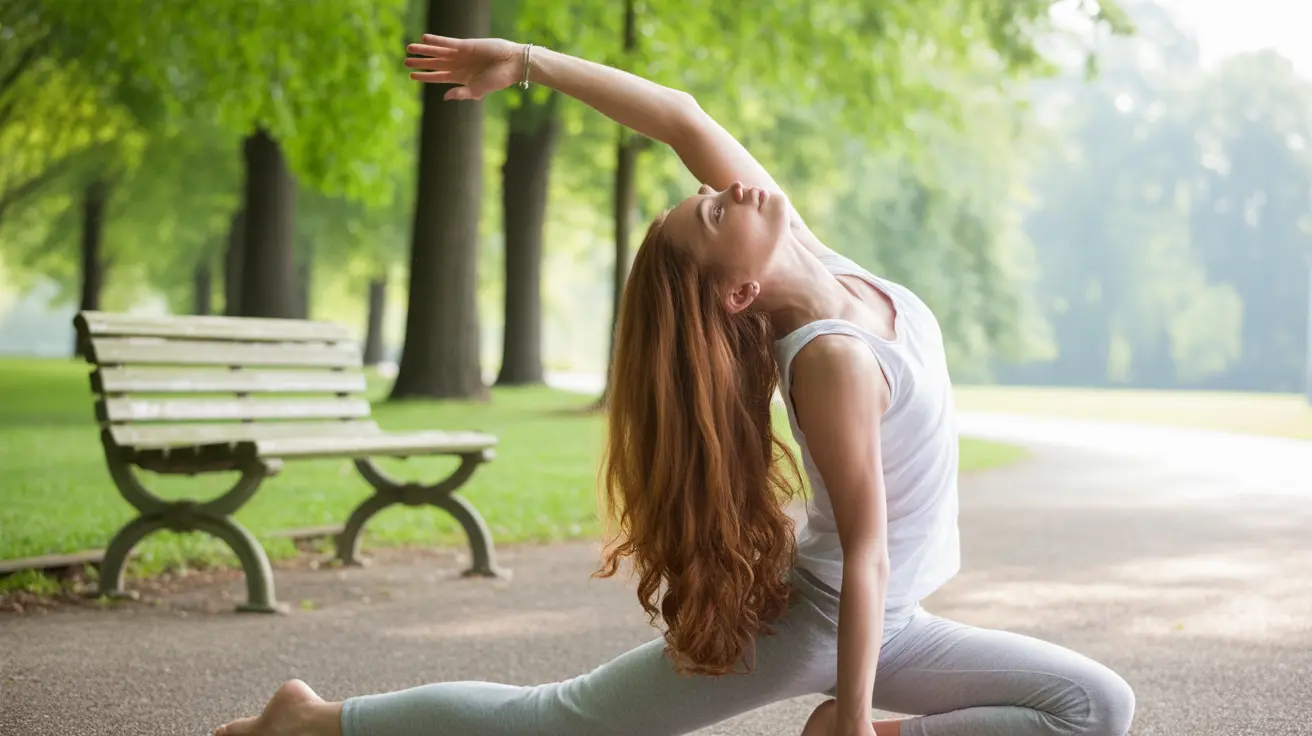Have you ever wondered why a good stretch can feel so incredibly satisfying? Whether it's first thing in the morning or after a long day at your desk, stretching provides a uniquely pleasurable sensation that's both physically and mentally rewarding. This natural phenomenon isn't just coincidence – it's backed by fascinating scientific explanations that reveal how our bodies benefit from this simple yet powerful activity.
The Physical Benefits of Stretching
When we stretch, multiple physiological processes occur simultaneously in our bodies. The physical act of stretching elongates our muscles and tendons, increasing blood flow to these areas. This improved circulation helps deliver vital nutrients and oxygen to our tissues while removing metabolic waste products, contributing to that refreshed, energized feeling we experience.
Muscle Tension Release
One of the primary reasons stretching feels so good is its ability to release built-up muscle tension. When muscles are held in fixed positions for extended periods, they can become tight and compressed. Stretching helps to break this pattern, allowing muscles to return to their optimal length and reducing uncomfortable pressure points.
The Neurological Response to Stretching
The pleasure we derive from stretching isn't just about muscles – it's deeply connected to our nervous system. When we stretch, specialized nerve endings called proprioceptors send signals to our brain, triggering multiple beneficial responses.
The Endorphin Effect
During stretching, our bodies release endorphins – natural chemicals that act as pain relievers and mood enhancers. These "feel-good" hormones contribute to the sense of satisfaction and relaxation we experience during and after stretching sessions.
Stretching and Mental Well-being
The benefits of stretching extend beyond physical sensation. Regular stretching practices can significantly impact our mental and emotional state, particularly through their effect on our nervous system.
Stress Reduction Through Movement
When we stretch, we activate our parasympathetic nervous system – often called the "rest and digest" system. This activation helps counter the effects of stress, leading to decreased anxiety levels and improved overall mood. The mindful nature of stretching can also serve as a form of moving meditation, helping to clear the mind and promote mental clarity.
Safe Stretching Practices
To maximize the benefits and enjoyment of stretching while minimizing risk of injury, it's important to follow proper stretching techniques. Always warm up before deep stretching, move slowly and deliberately, and avoid bouncing or forcing movements beyond your comfortable range of motion.
Frequently Asked Questions
Why does stretching feel good and how does it affect my muscles and nerves? Stretching feels good because it releases muscle tension, improves blood flow, and triggers the release of endorphins. It stimulates specialized nerve endings that send pleasure signals to your brain while helping muscles return to their optimal length.
What role do endorphins and the parasympathetic nervous system play in the pleasure of stretching? Endorphins released during stretching act as natural pain relievers and mood enhancers. The parasympathetic nervous system activation promotes relaxation, reduces stress, and creates a sense of well-being.
How can regular stretching improve my mood and reduce stress or anxiety? Regular stretching activates the body's relaxation response, releases tension, and promotes the production of feel-good hormones. This combination helps reduce stress levels, improve mood, and create a sense of calm and well-being.
What are the best ways to stretch safely to maximize physical and mental benefits? Always warm up before stretching, move slowly and deliberately, breathe deeply, and avoid forcing movements. Listen to your body, maintain proper form, and hold stretches for 15-30 seconds without bouncing.
Why do I naturally feel the need to stretch after sitting or upon waking up? This natural urge helps counteract muscle shortening that occurs during periods of inactivity. Stretching after sitting or sleeping helps restore muscle length, improve circulation, and reactivate your nervous system for better movement and comfort.




